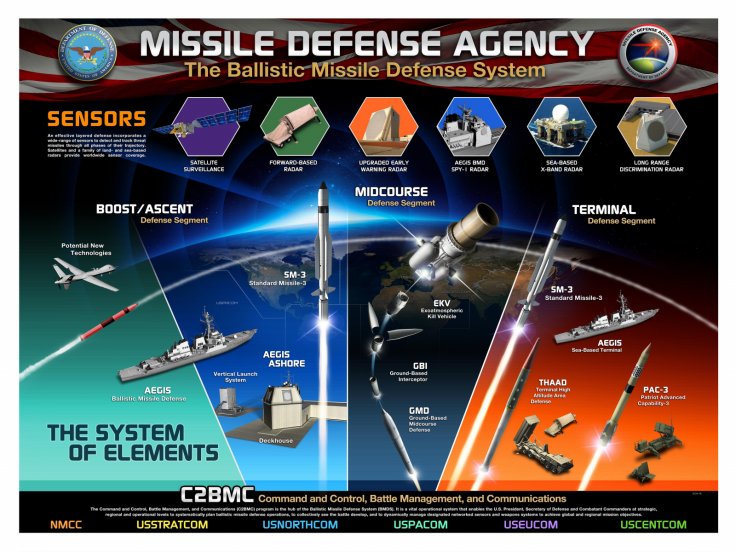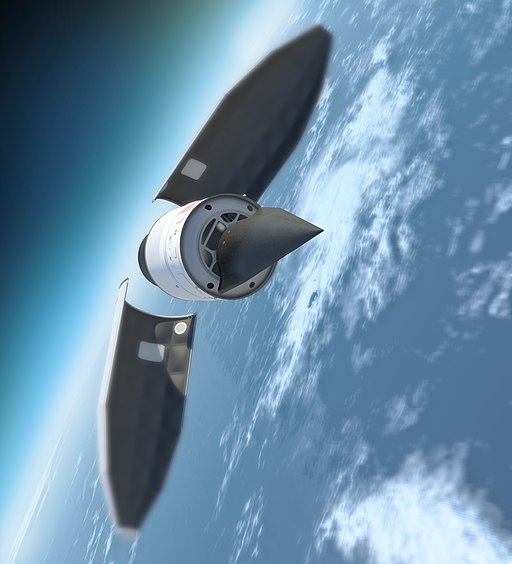Ever since the use of nuclear warheads on Hiroshima and Nagasaki in August 1945, the US emerged as the natural superior in the arms race that ensued in the form of Cold War, and it continued till the fall of erstwhile Soviet Union. Now that there is a thaw in arms race between the two superpowers -- US and Russia -- many changes in weaponization and militarization have taken place.
But the undercurrent of arms race to acquire sophisticated military equipment and capability remained live among many nations. Essentially, the key factor behind the development of every weapons system was its speed. Germany's blitzkrieg or the lightning war and the US's "shock and awe" campaign in Iraq -- are such examples of how speed lets a country have an upper hand in conflict situations. As nuclear weapons remained symbols of deterrence, missile weapons took over the center-stage in modern arms race.

China, Russia filling the missile gap with US?
As the ICBMs or intercontinental missiles figure on top, the US, Russia and China are emerging as the key players mastering the latest changes required in missile technology and navigation, leaving alone the nuclear heads. There have been numerous changes recently in terms of their navigation, target chasing and trajectory. But Russia has set a new direction last week with its successful test of a hypersonic counter missile Avangard.
The question about where the US is in the arms race in terms of speed has invariably hit the screens all over the world soon after the Avangard was put into combat. What will happen to the future of warfare after the rise of such weapons system?

Where does US stand now?
The US has always paved the way for new weapons in the past. In fact, the Pentagon has been pioneering research into countering an offensive strike and start a capable production of a glide vehicle of their own. Dynetics Technical Solutions, based in Alabama, is the manufacturer of the hypersonic vehicles, five times the speed of sound. Lockheed Martin is said to be the weapon system integrator. The timeline is unclear but the target is said to be 2023, which is almost four years after the Avangard has come into combat field.
In August this year, Lockheed landed the multi-million dollar contract to develop AGM-183A Air-Launched Rapid Response Weapon, a hypersonic missile. While the US has been testing the waters with missile systems for quite some time, there are numerous speculations over the development of these systems.
DARPA Falcon Project
DARPA Falcon Project is a part of the US effort that is underway to produce hypersonic cruise vehicles. The current project with the Falcon is the X-41 Common Aero Vehicle (CAV). The prototype tests of Hypersonic Technology Vehicle 2 (HTV-2), however, ended prematurely but there is still a hope in the Pentagon project.

The sudden change after the INF treaty ended is vivid with the narrowing missile gap between Russia, US and China. The hypersonic vehicles that move five times faster than the speed of sound topped the agenda and the launch of Avangard, three decades after its conception, has changed the balance of power dramatically.
The air missile, also dubbed as 'kinzhal', which means dagger in Russian, has been tested several times. However, the US believes that the efforts on hypersonic vehicles by the Chinese is much more thoughtful than the Russian ones.
Chinese Hypersonic glide vehicle
The Chinese Hypersonic glide vehicle that has become operational in October 2019, known as the WU-14, is a Mach-5 vehicle, which means that it can travel five times the speed of sound.
A hypersonic vehicle travelling at this speed from China is expected to strike targets in the west coast of the United States within 14 minutes. Given the high demand of China's hypersonic weapon development programme, researchers, working on the project, aim to have the tunnel functional by 2020.
In March 2017, China reportedly tested its hypersonic glider WU-14, also known as the DF-ZF, seven times. The tests were conducted at speeds of between Mach 5 and Mach 10.









